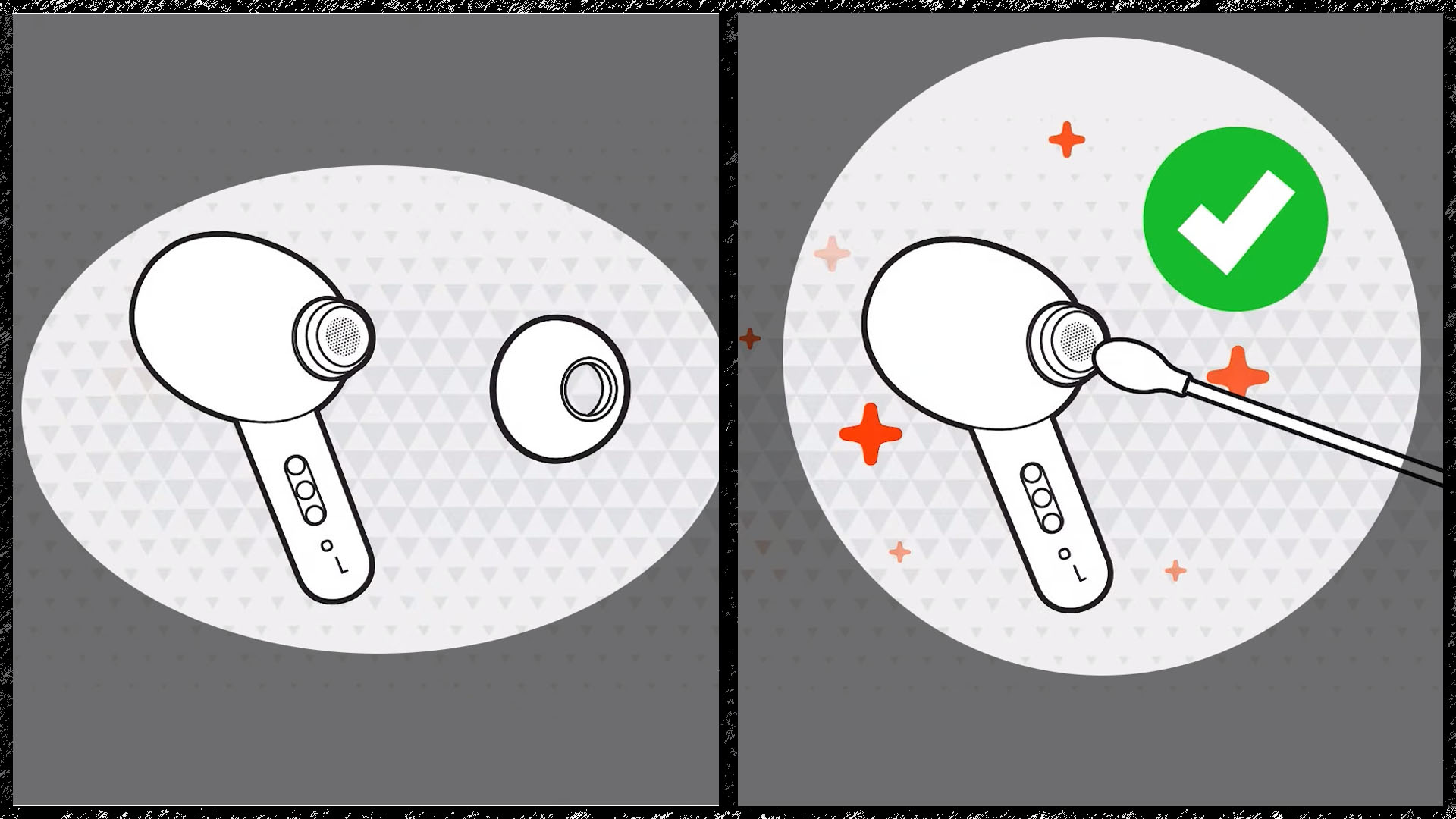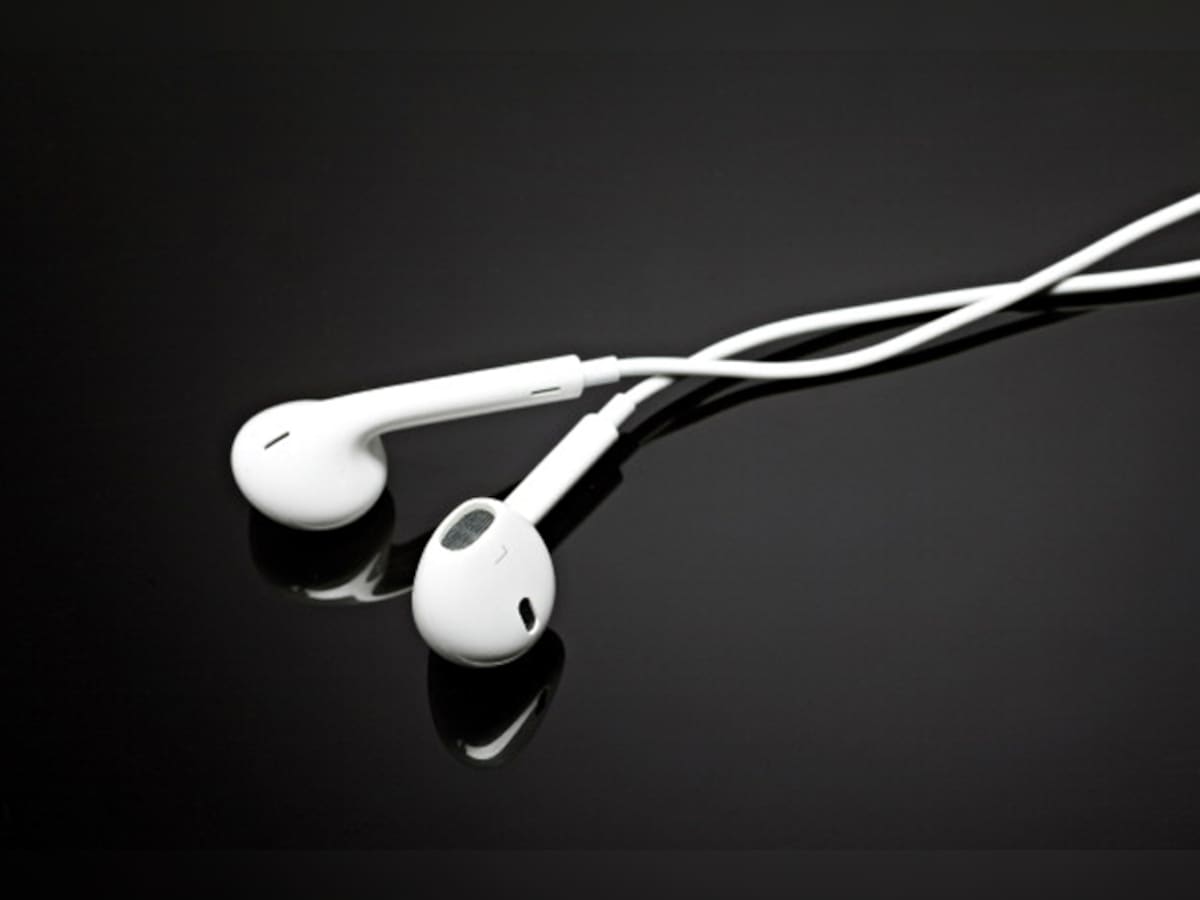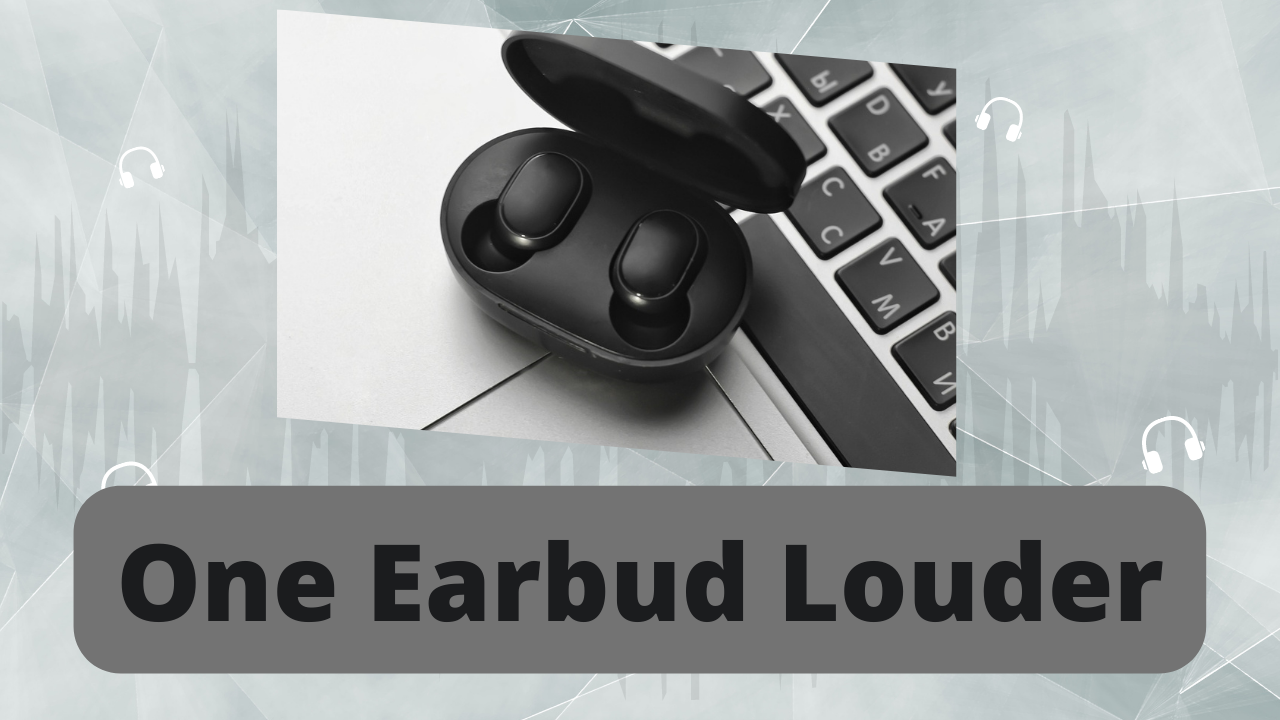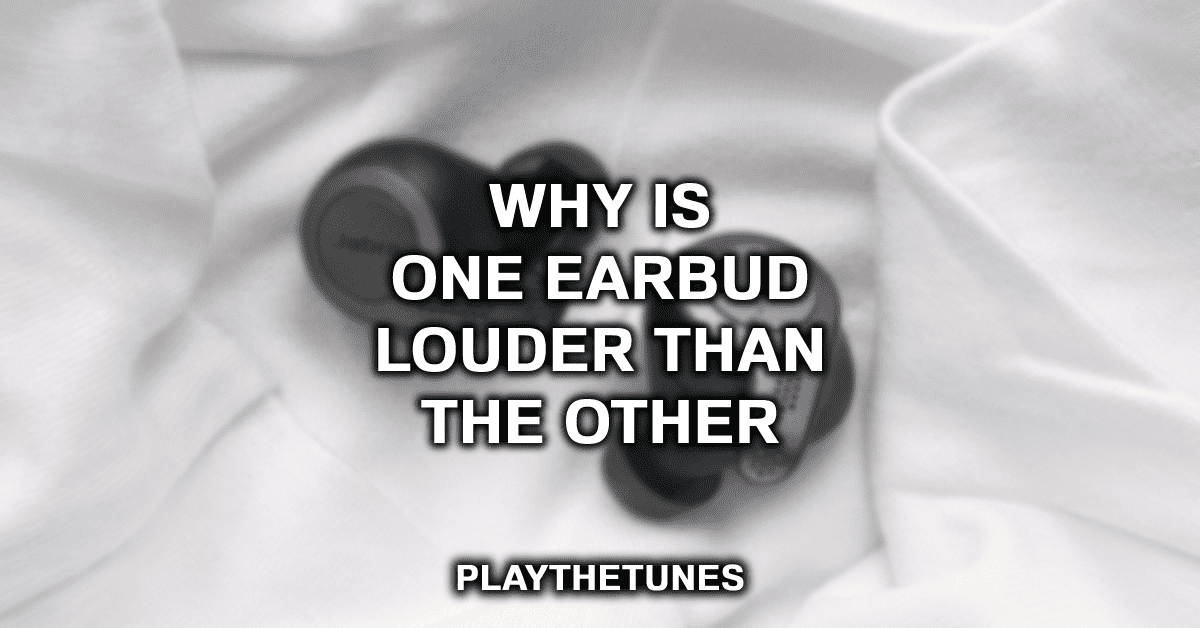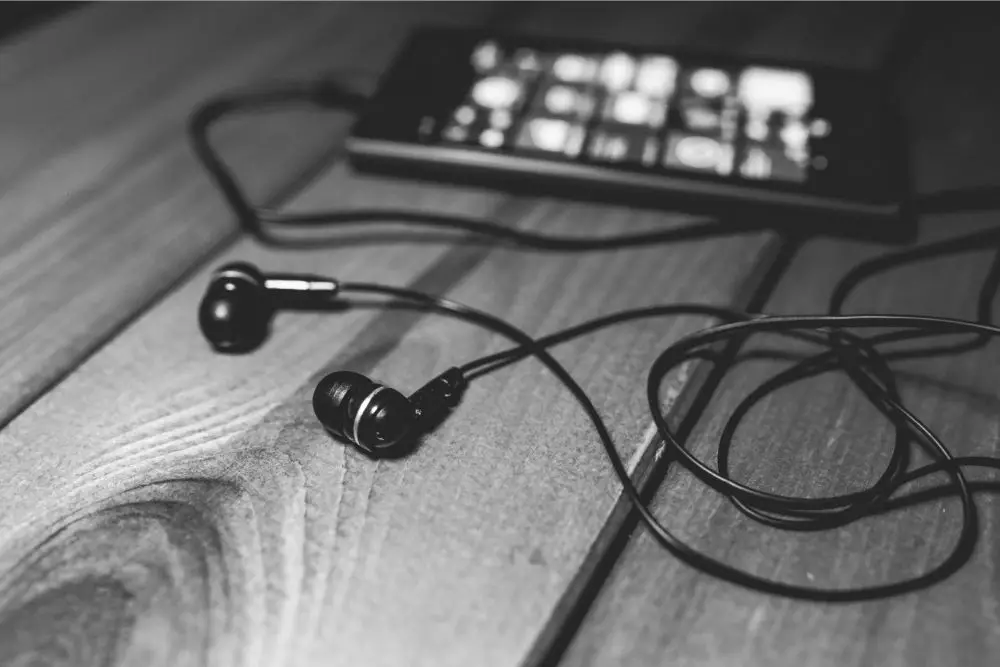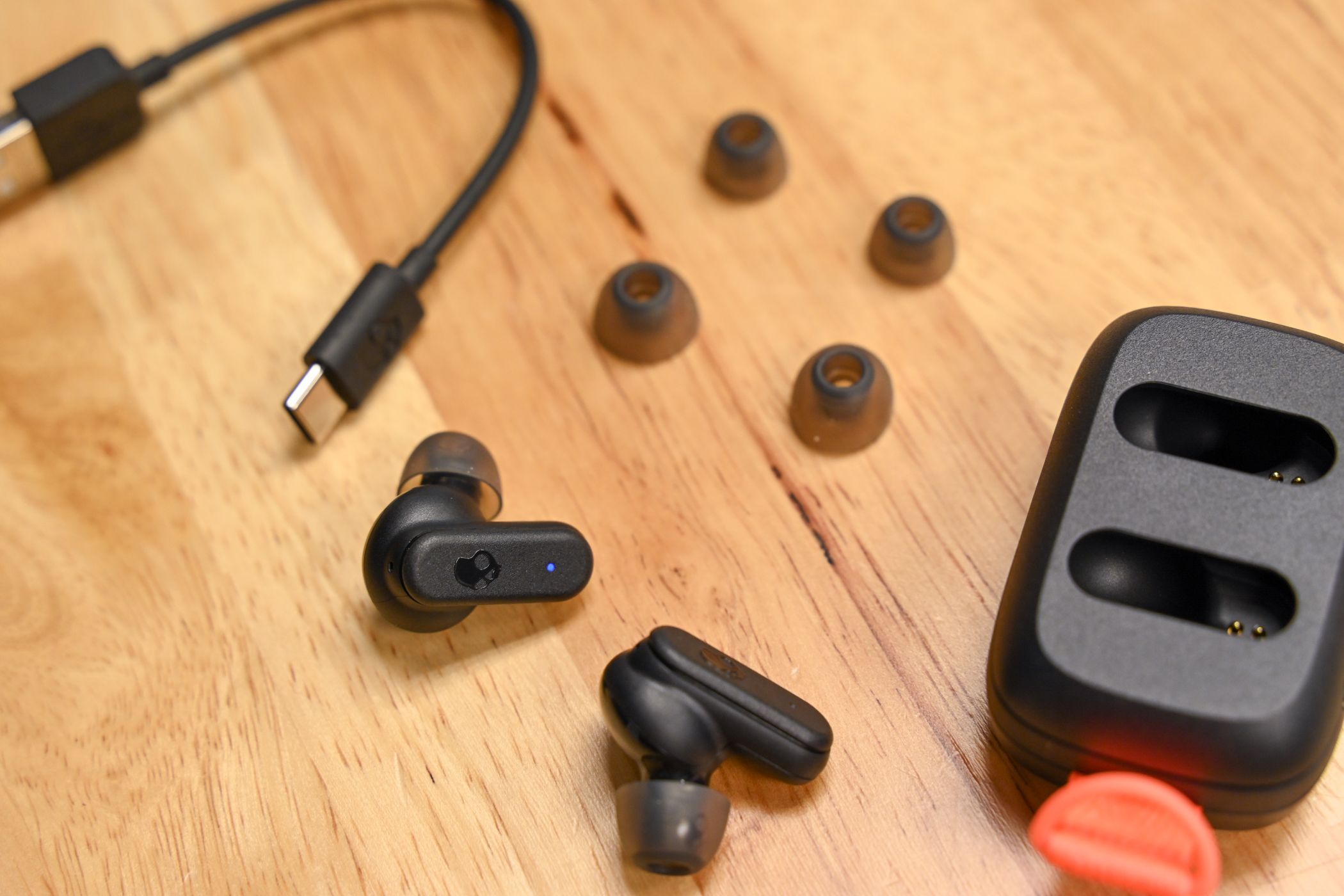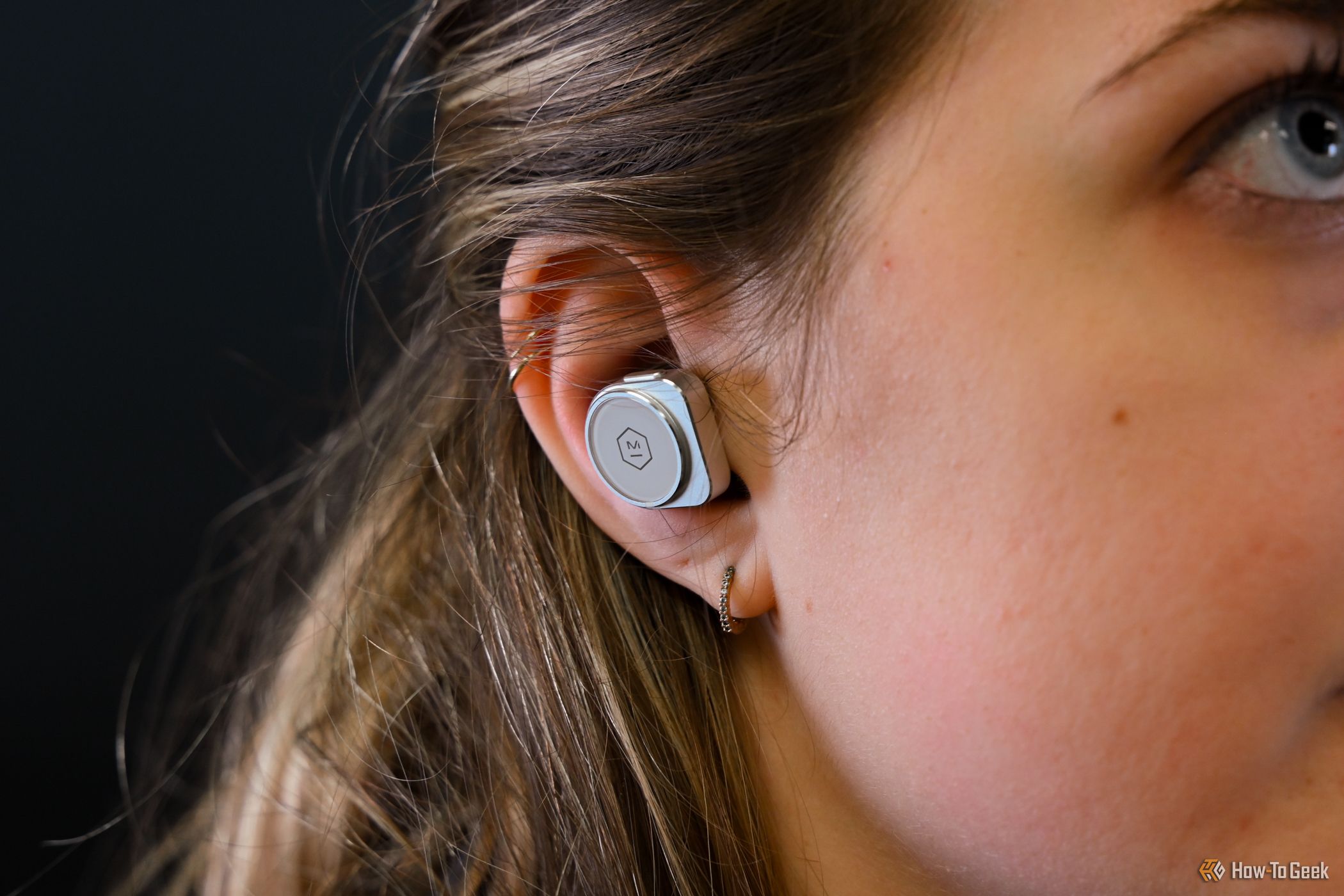One Earbud Quieter Than The Other

For countless users, the frustration of experiencing one earbud significantly quieter than the other has become an increasingly common and perplexing issue. This seemingly minor inconvenience can escalate rapidly, disrupting audio experiences, diminishing the value of expensive devices, and leaving consumers searching for solutions.
The problem isn't new, but the growing reliance on wireless earbuds for communication, entertainment, and even work has amplified its significance. Understanding the causes, potential fixes, and the broader implications of this audio imbalance is crucial for both consumers and manufacturers alike.
The Ubiquitous Problem: One Earbud Fades
Reports of imbalanced audio in earbuds have surfaced across various brands and models, spanning budget-friendly options to high-end premium devices. Apple's AirPods, Samsung's Galaxy Buds, and Bose earbuds are among the many that users have reported experiencing this issue with.
The symptoms are usually consistent: one earbud delivers sound at a noticeably lower volume than the other, creating a distorted and uncomfortable listening experience. This imbalance can manifest gradually or appear suddenly, often without any apparent physical damage to the device.
The problem can cause users to seek online tech forums, retailer’s help pages, or social media groups dedicated to troubleshooting the problem. Many seek temporary remedies, while others share their dissatisfaction about product quality and customer service.
Delving into the Root Causes
Several factors can contribute to the disparity in volume between earbuds. Earwax buildup is a primary culprit, as even small amounts of debris can obstruct the sound output in one earbud, leading to a perceived volume difference.
Software glitches, especially in wireless earbuds, can also play a role. Bluetooth connectivity issues, firmware bugs, or even incorrect audio settings on the paired device can sometimes cause an imbalance.
Hardware malfunctions, though less frequent, are another potential cause. A damaged speaker driver in one earbud or a faulty internal component can lead to reduced sound output. According to a 2023 report by iFixit, the intricate design of some earbuds makes them difficult to repair, potentially exacerbating hardware-related problems.
Troubleshooting and Potential Solutions
Fortunately, many cases of imbalanced earbud audio can be resolved with simple troubleshooting steps. Cleaning the earbuds thoroughly with a soft, dry cloth or a specialized earbud cleaning tool is often the first and most effective solution.
Checking the audio settings on the paired device is also essential. Users should ensure that the volume balance is centered and that no accessibility settings are inadvertently affecting the sound output.
For wireless earbuds, resetting the device and re-pairing it with the audio source can sometimes resolve software-related glitches. Updating the earbuds' firmware to the latest version is also recommended.
In cases where the problem persists despite these troubleshooting steps, a hardware malfunction may be suspected. Contacting the manufacturer or retailer for warranty service or repair options is then the next logical step.
A Human Perspective: The Frustration of Silence
The impact of imbalanced earbud audio extends beyond mere inconvenience. For individuals who rely on earbuds for work-related calls, focused listening during study, or simply for relaxation, the problem can be acutely frustrating.
"It's incredibly distracting," says Sarah Miller, a student who uses earbuds daily for online classes. "Trying to focus on a lecture when one ear is significantly quieter than the other is almost impossible. It's like trying to listen to two different conversations at once."
Others express concern about the longevity and value of their devices. "I paid a lot of money for these earbuds," says John Davis, a music producer. "To have them start malfunctioning after only a few months is really disappointing. It makes me question the overall quality and durability."
Manufacturers Respond
Several major earbud manufacturers have acknowledged the issue of imbalanced audio and offer resources for troubleshooting. Apple's support website
, for instance, provides detailed instructions on cleaning AirPods and adjusting audio settings.
Samsung's user manuals for Galaxy Buds include sections on troubleshooting audio problems, including steps for resetting the device and checking for software updates.
However, some consumers feel that manufacturers could be more proactive in addressing the underlying causes of the problem and improving the overall durability of their products. Some consumer advocate groups have even called for increased transparency regarding the expected lifespan of earbuds and the availability of affordable repair options.
Looking Ahead: A Call for Innovation and Durability
The widespread issue of imbalanced earbud audio highlights the need for continued innovation in both hardware and software design. Manufacturers should prioritize durability, ease of repair, and user-friendly troubleshooting tools.
Furthermore, exploring new technologies that can automatically detect and compensate for earwax buildup or other obstructions could significantly improve the user experience. Investment in improved Bluetooth connectivity and more stable firmware updates would also mitigate software-related imbalances.
Ultimately, addressing the issue of imbalanced earbud audio requires a multi-faceted approach, involving collaboration between manufacturers, consumers, and regulatory bodies. A greater emphasis on quality control, transparency, and user support will ensure that earbuds continue to deliver a seamless and enjoyable audio experience for everyone.




